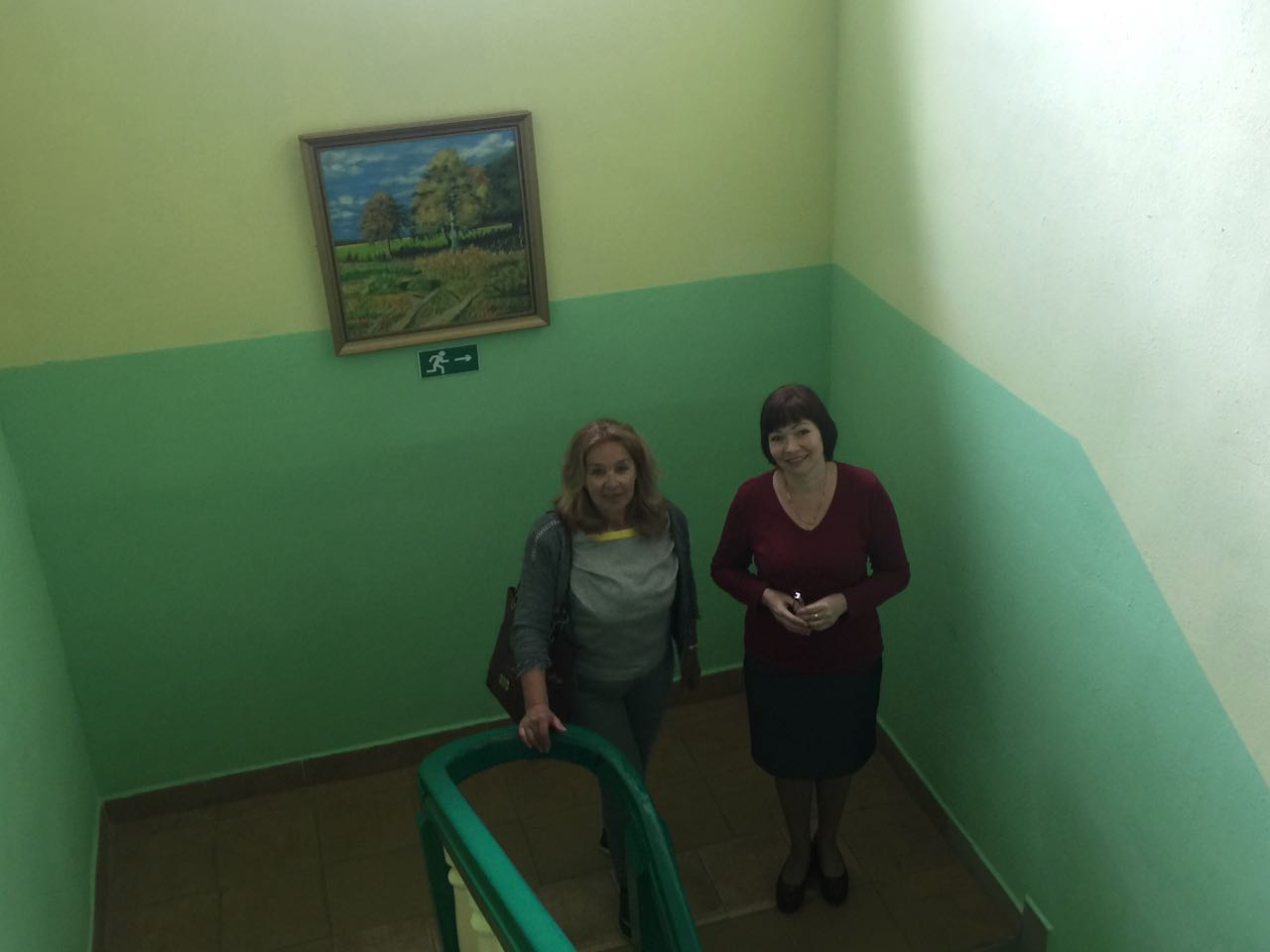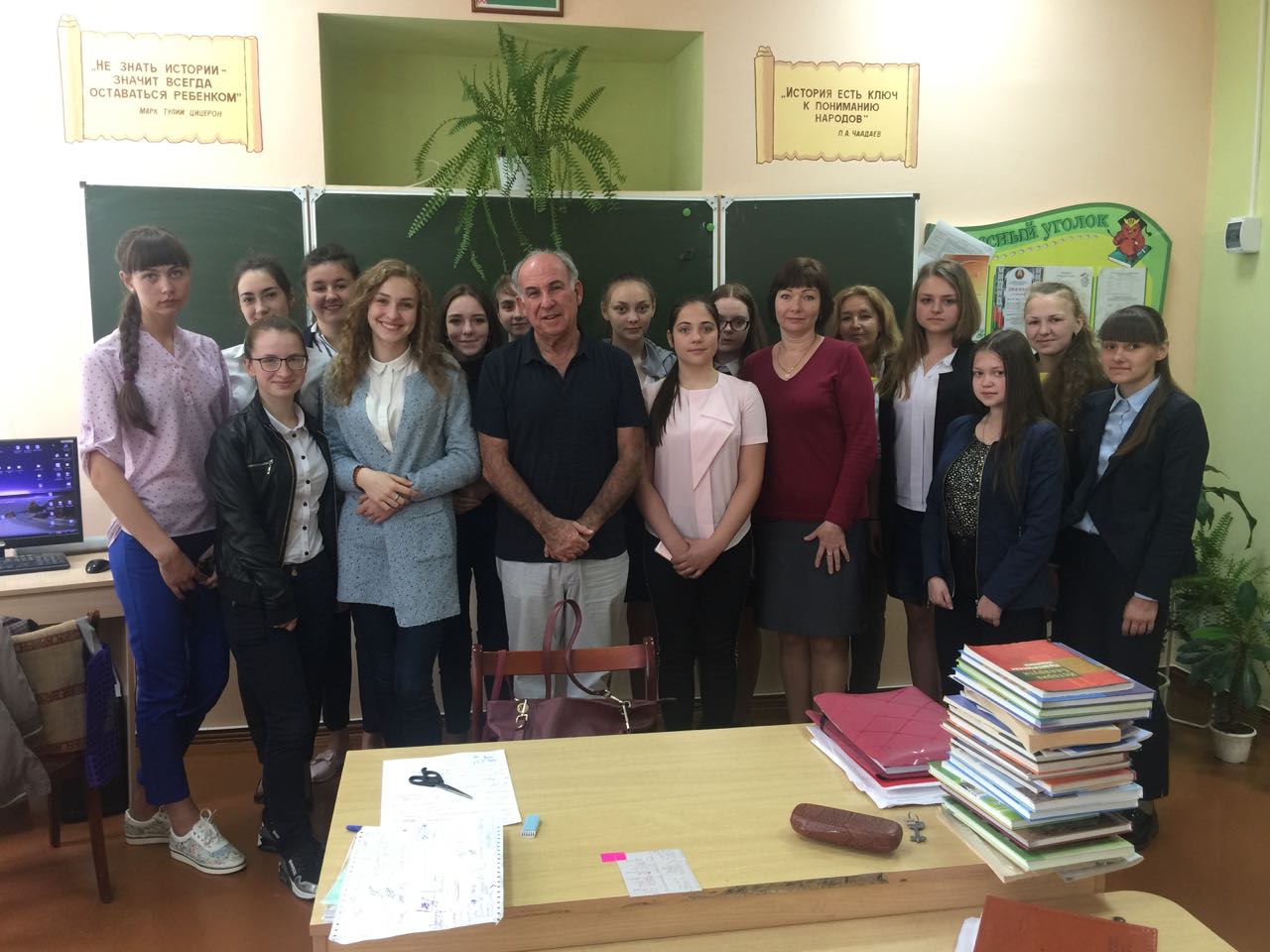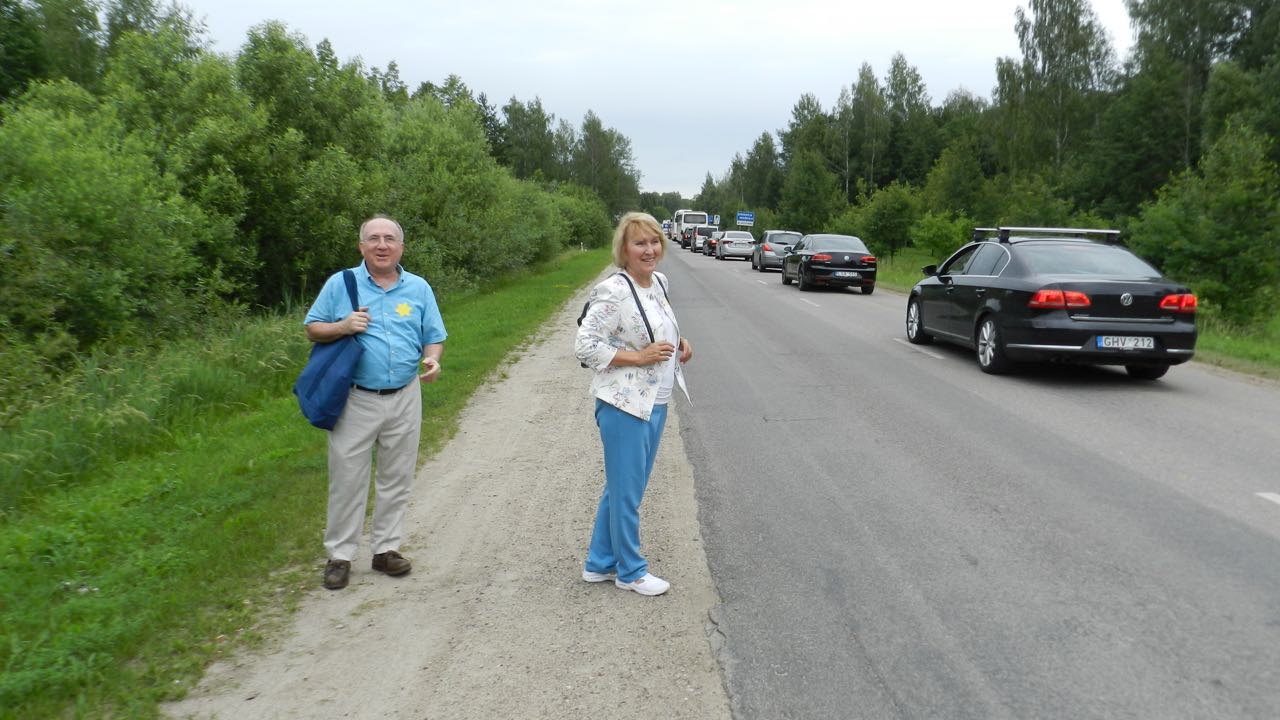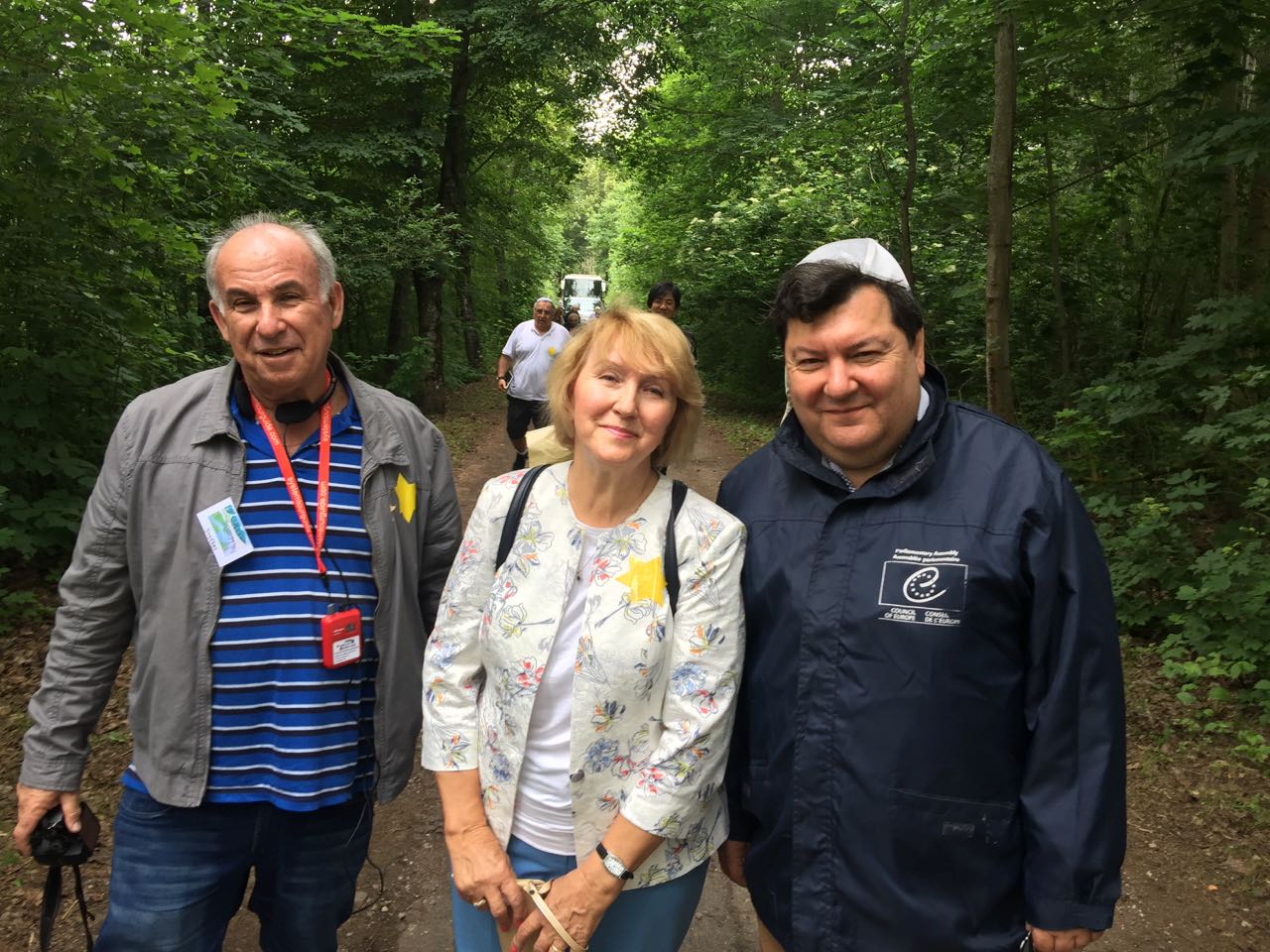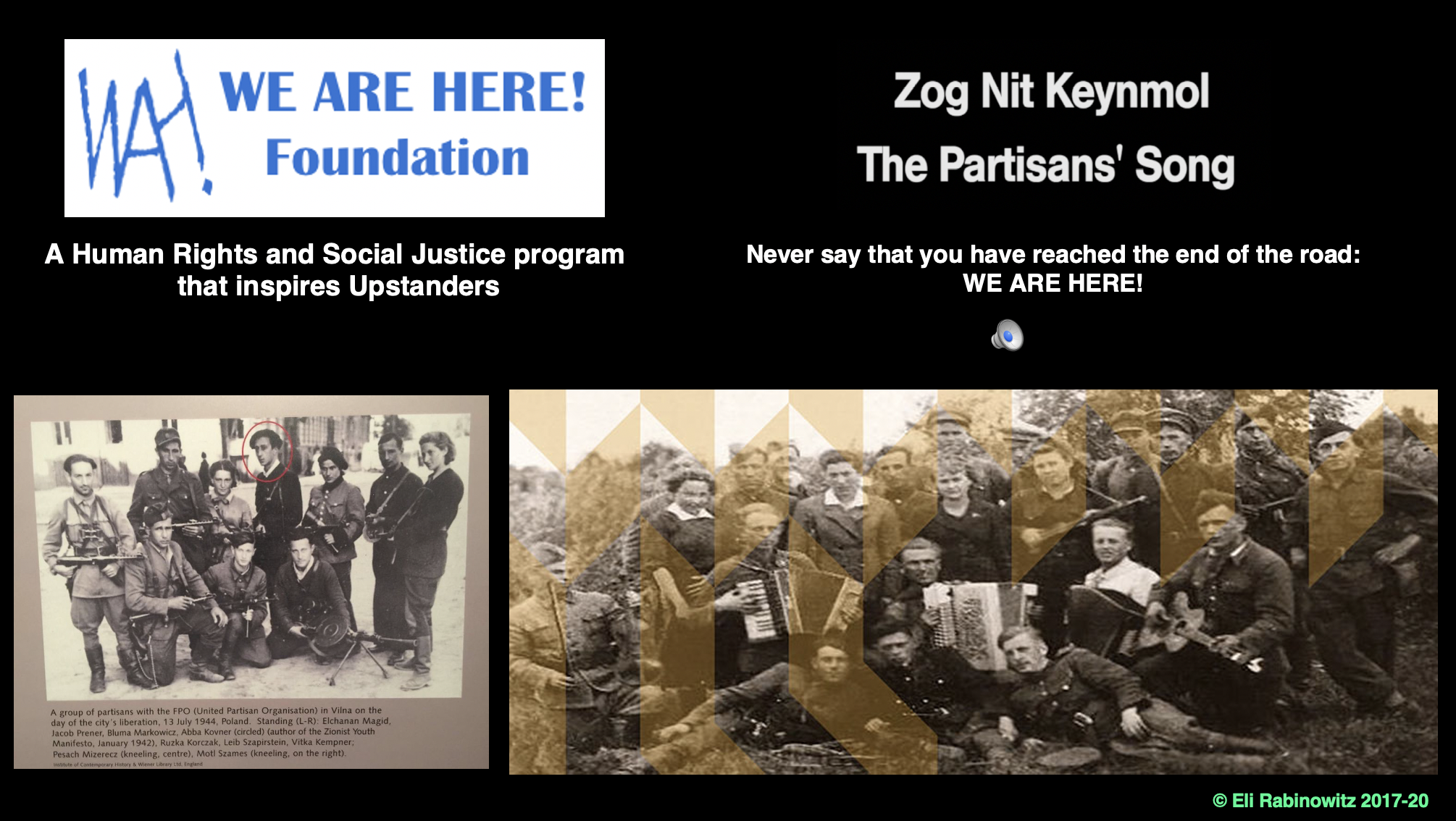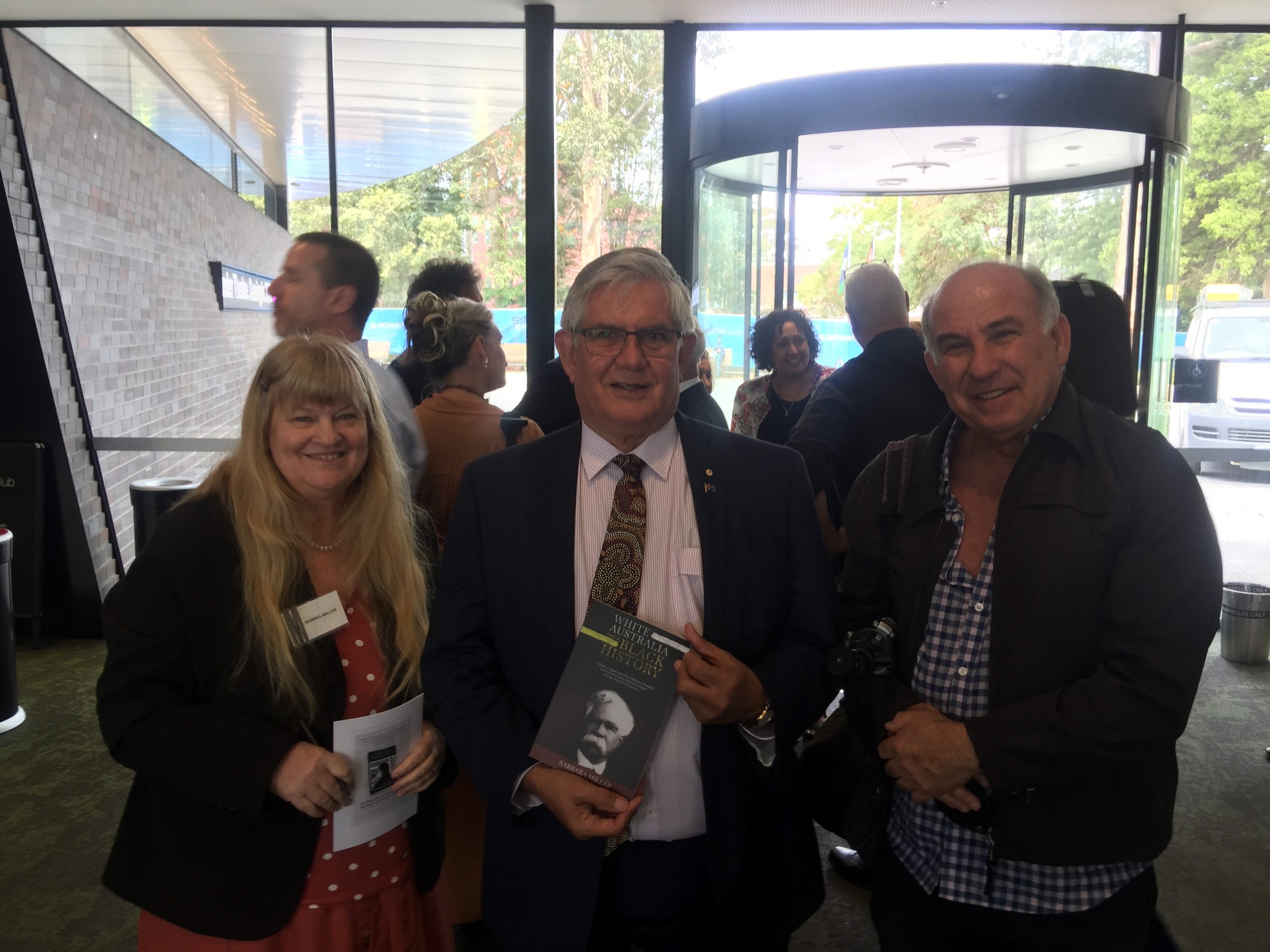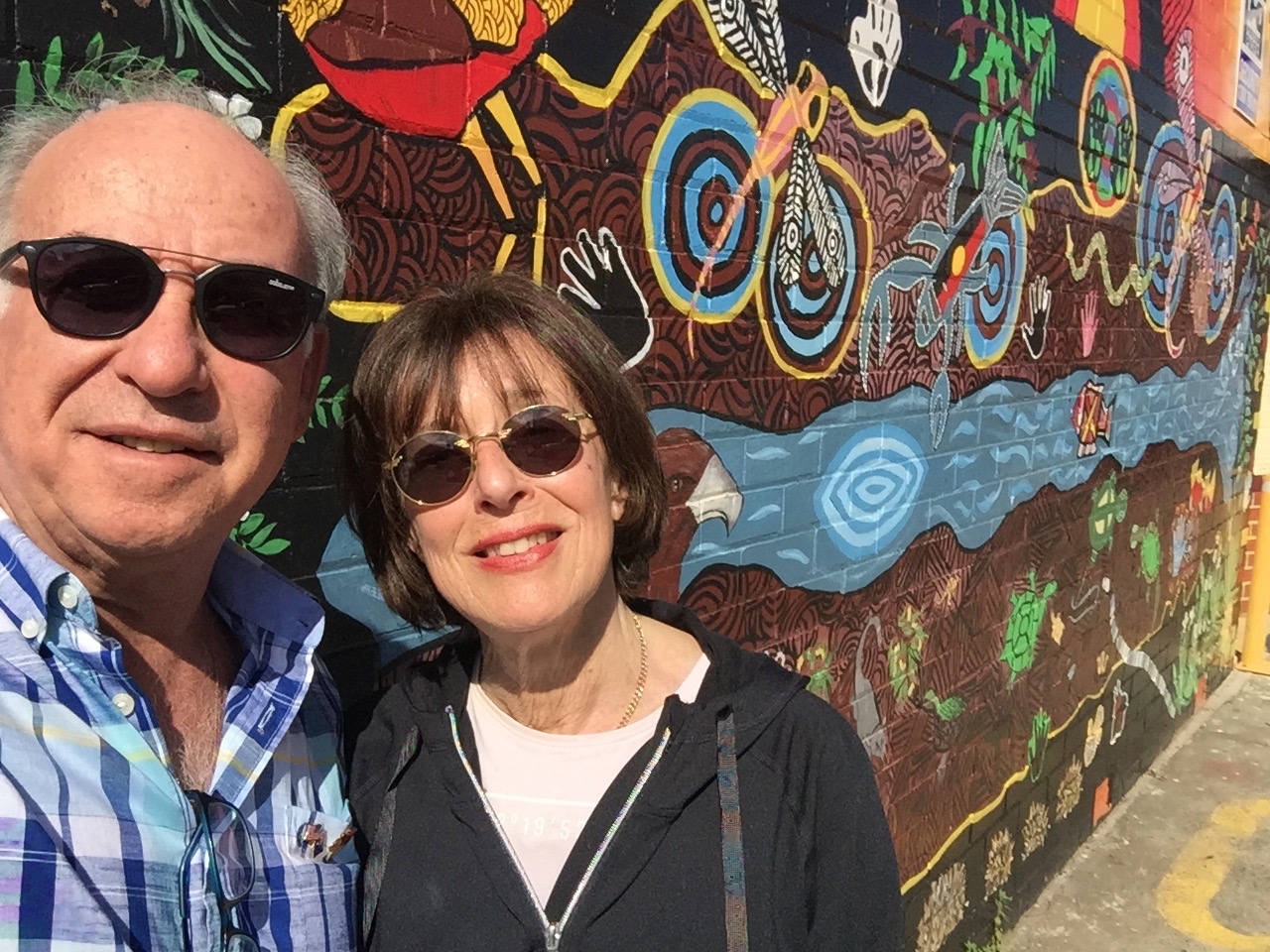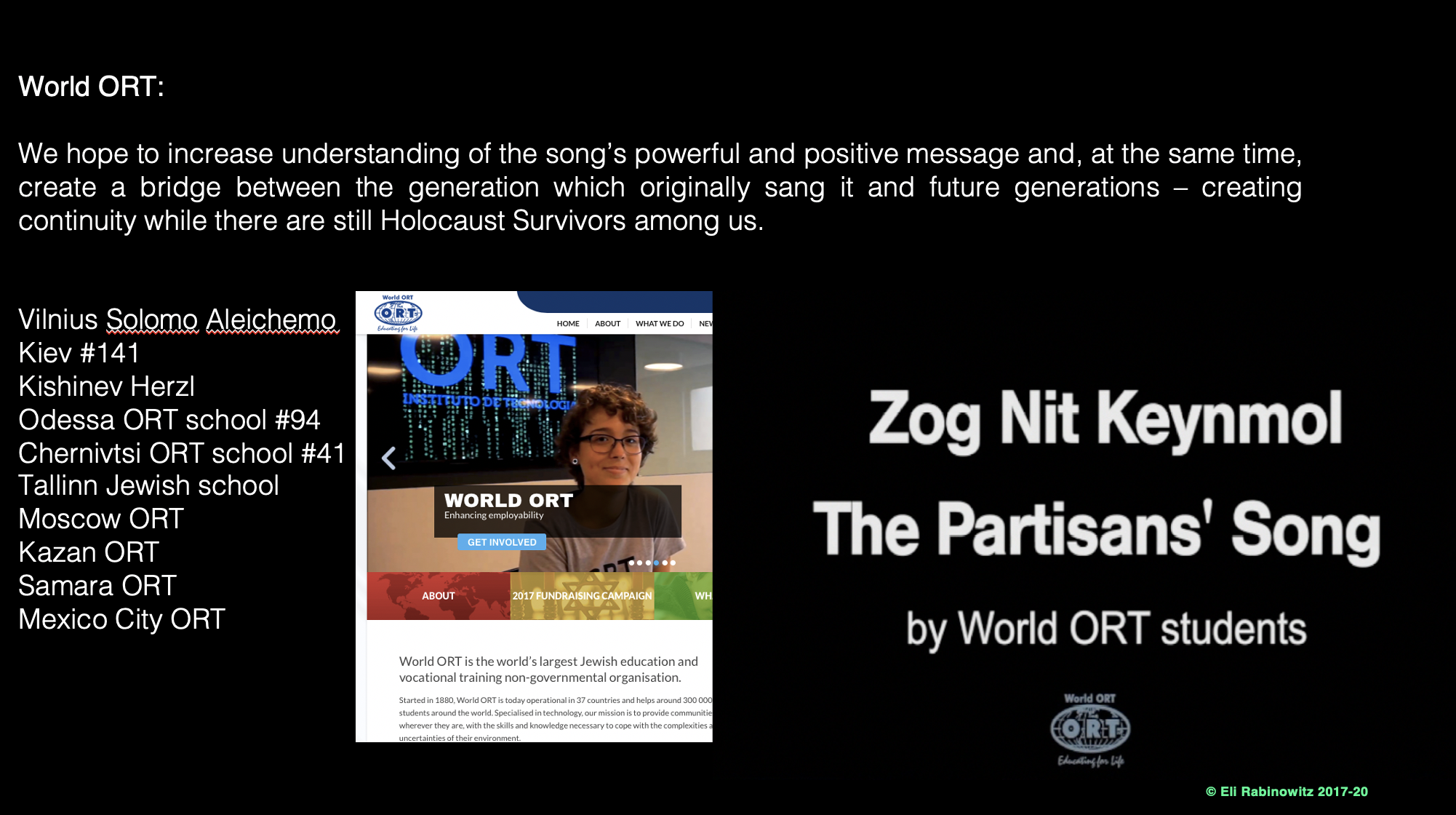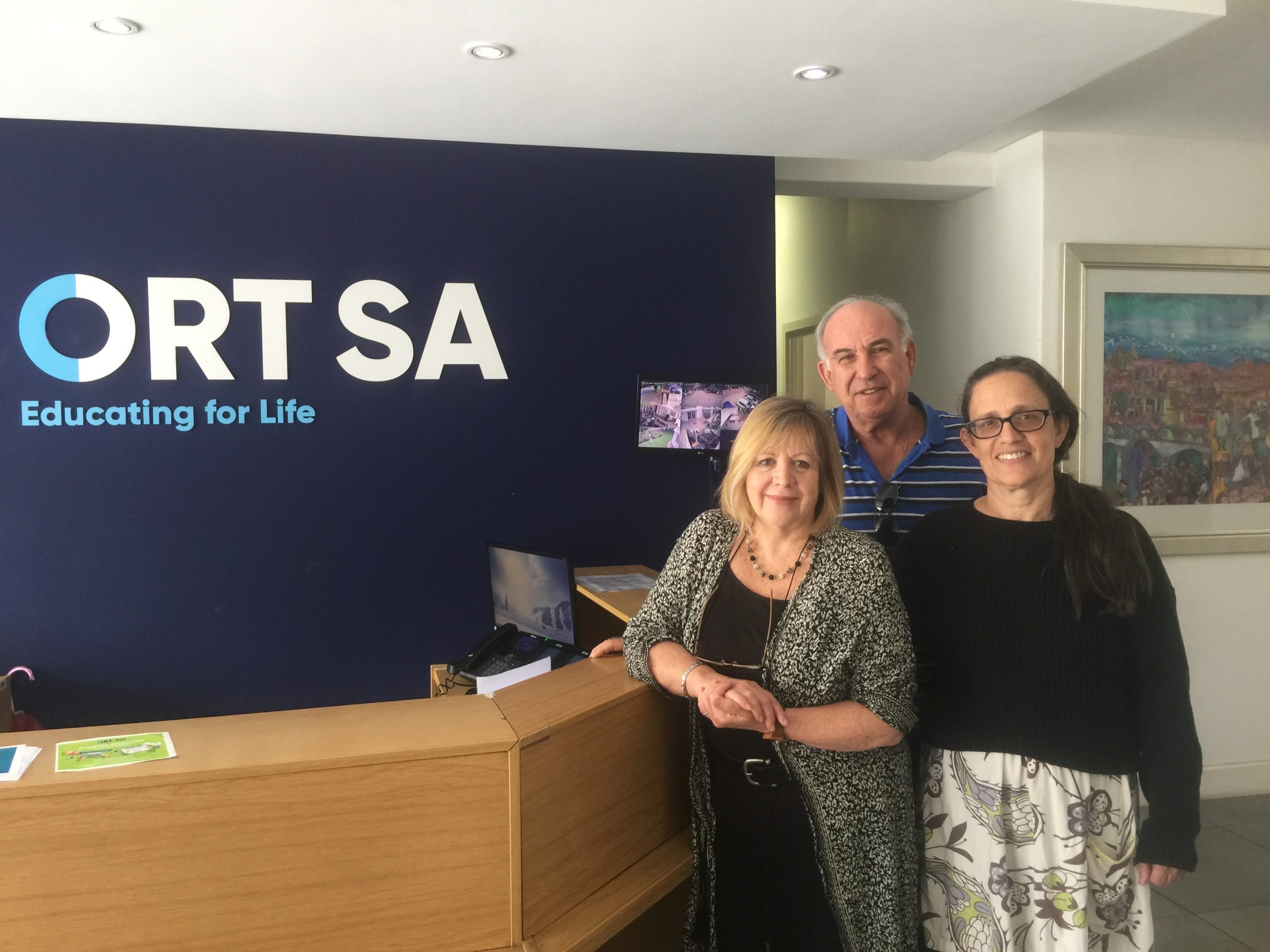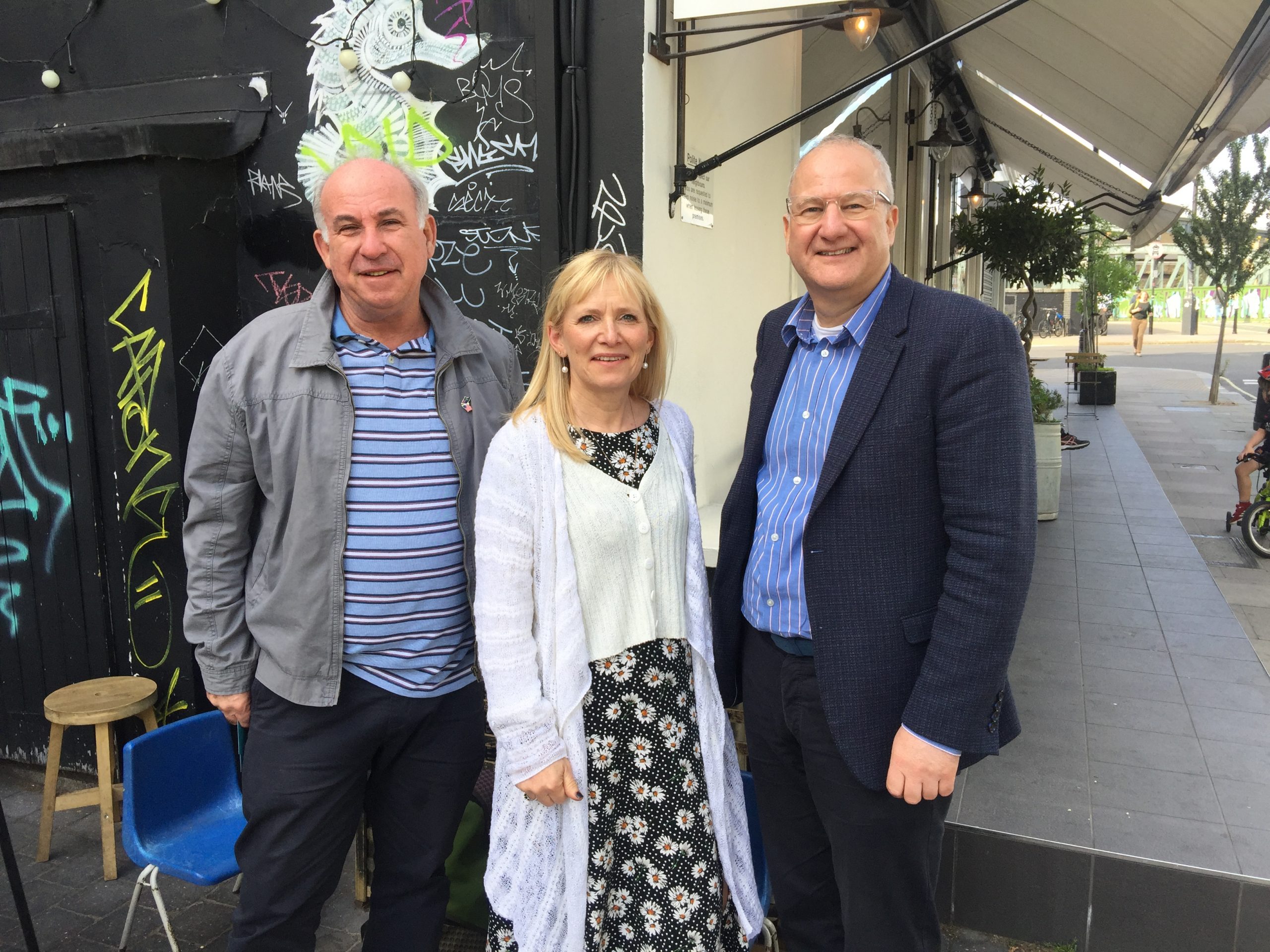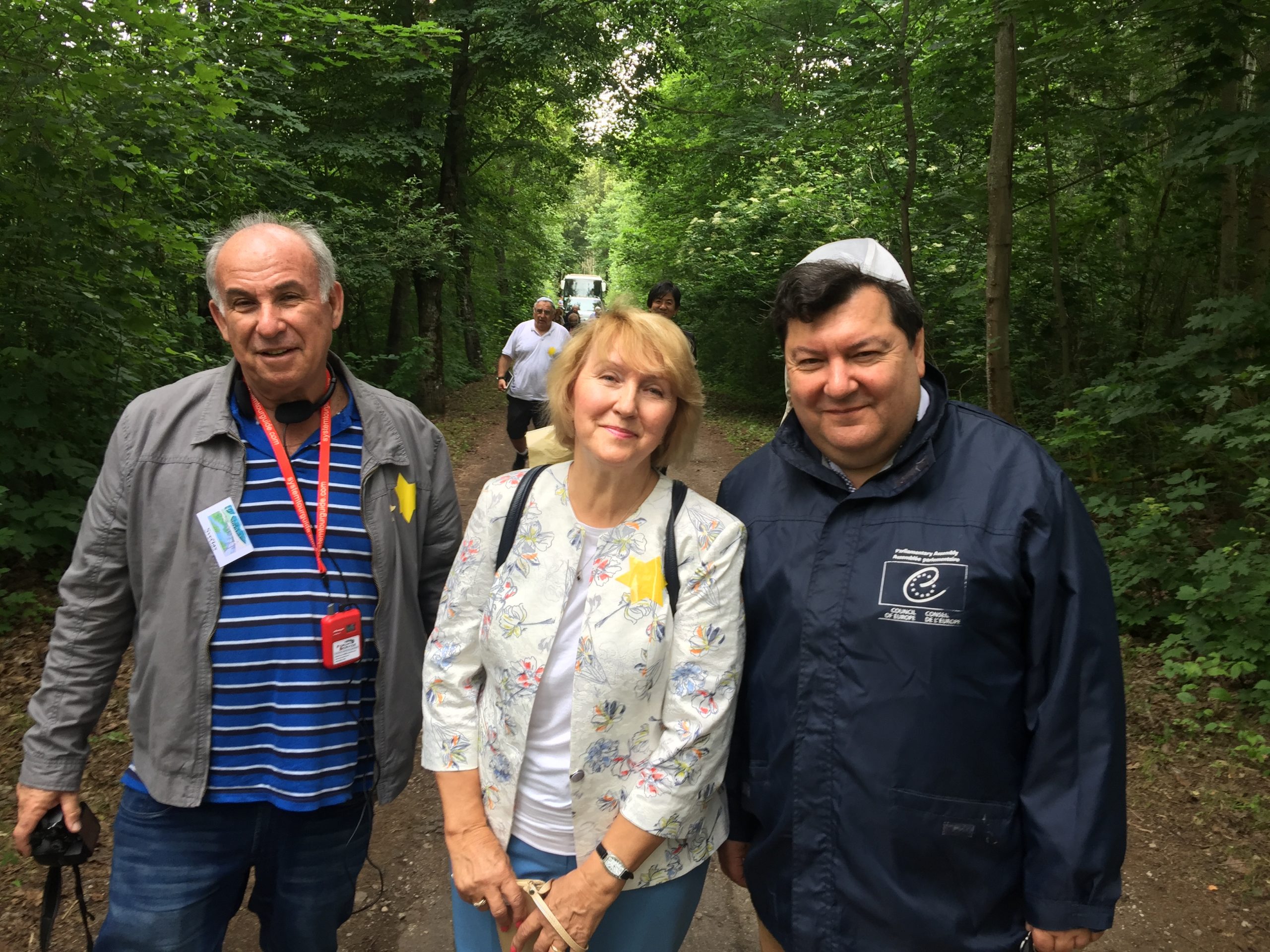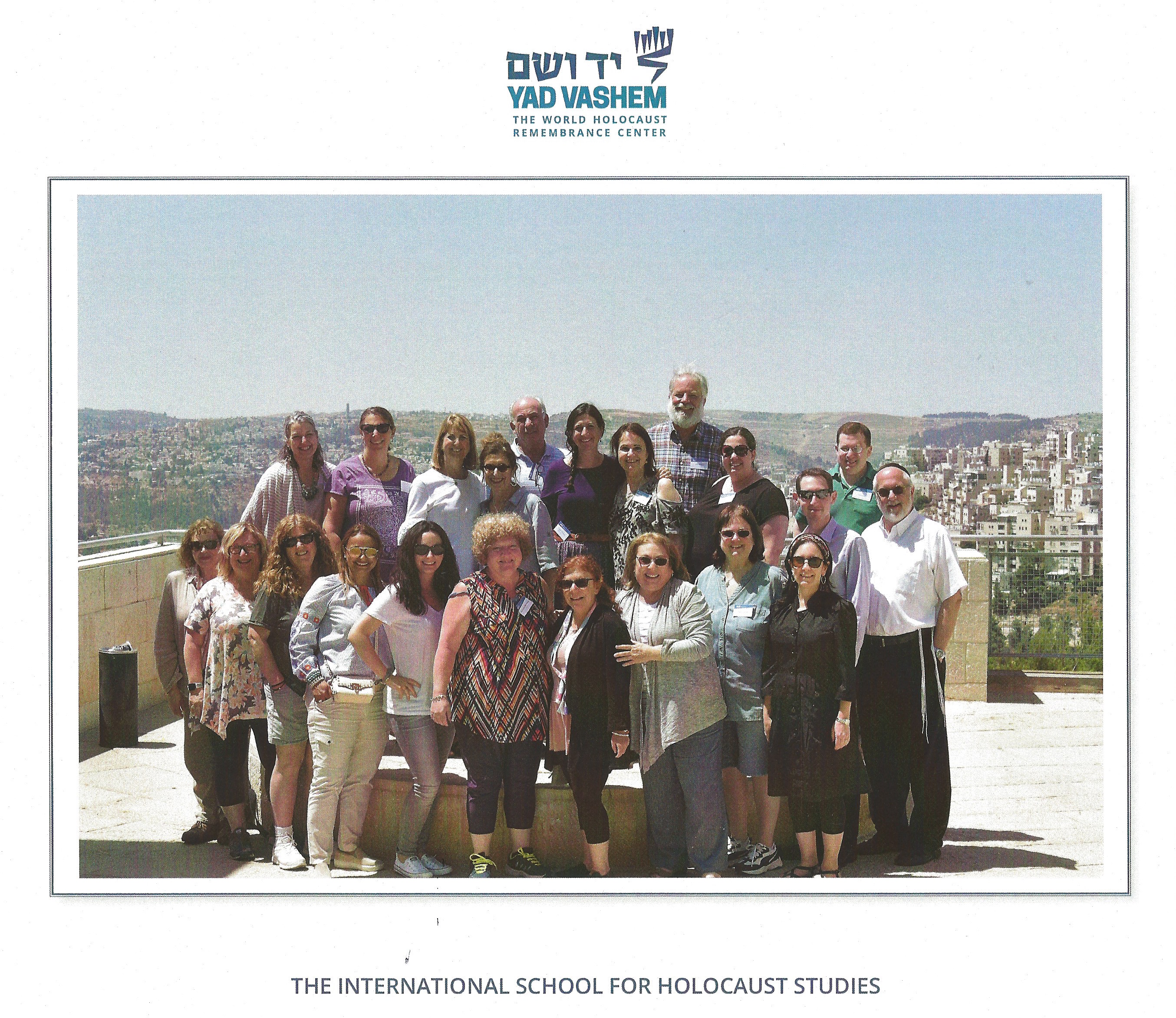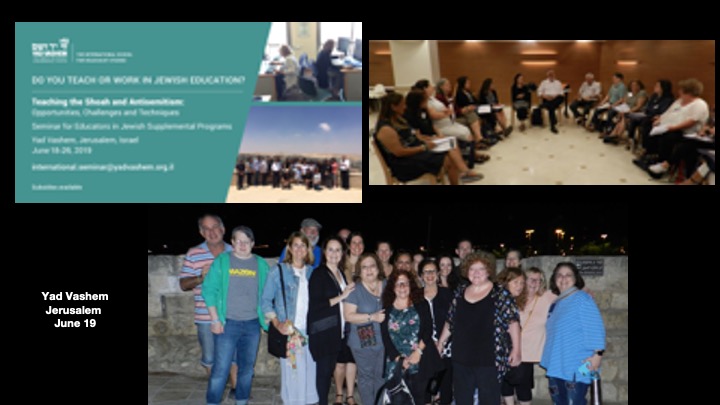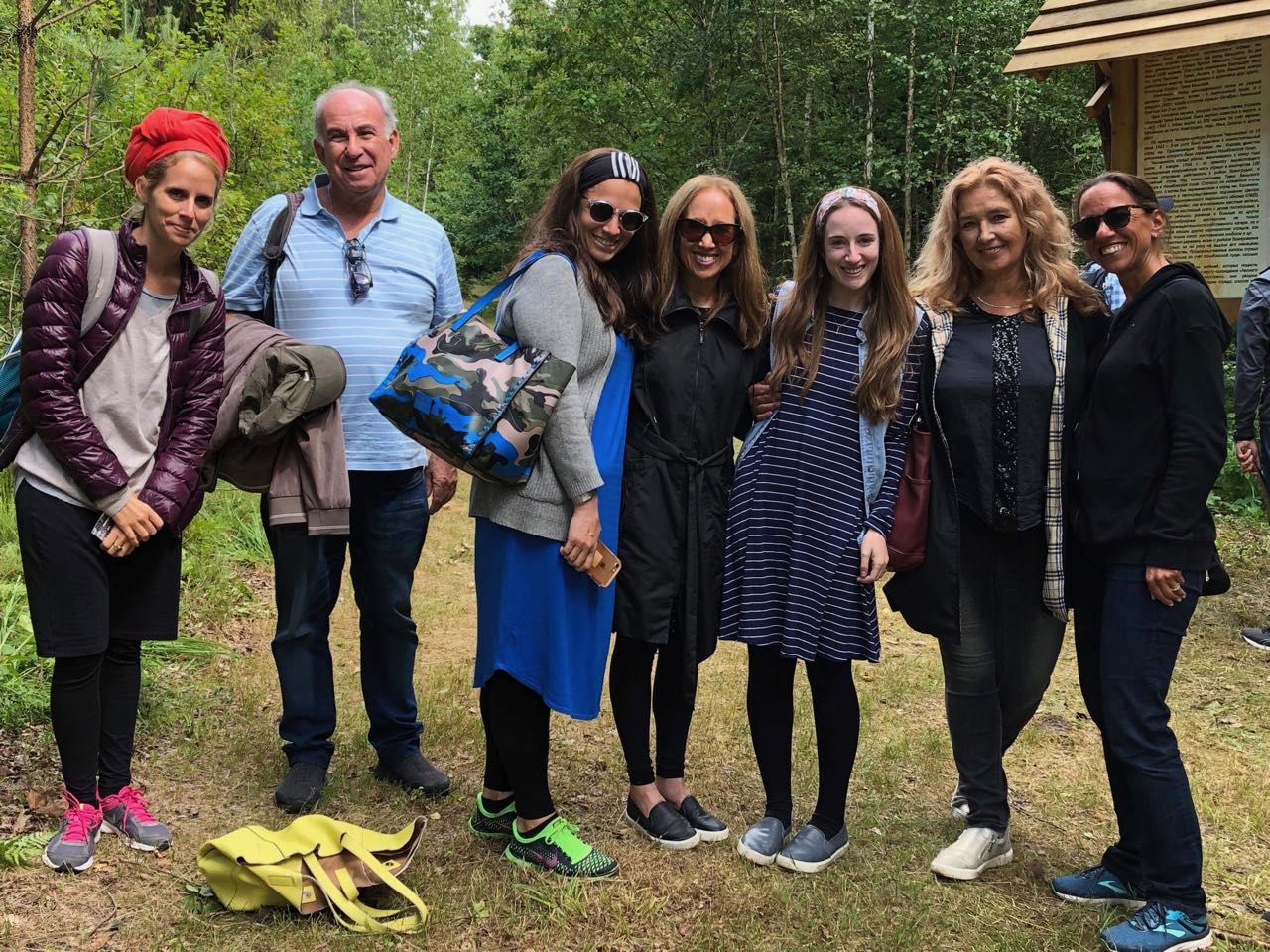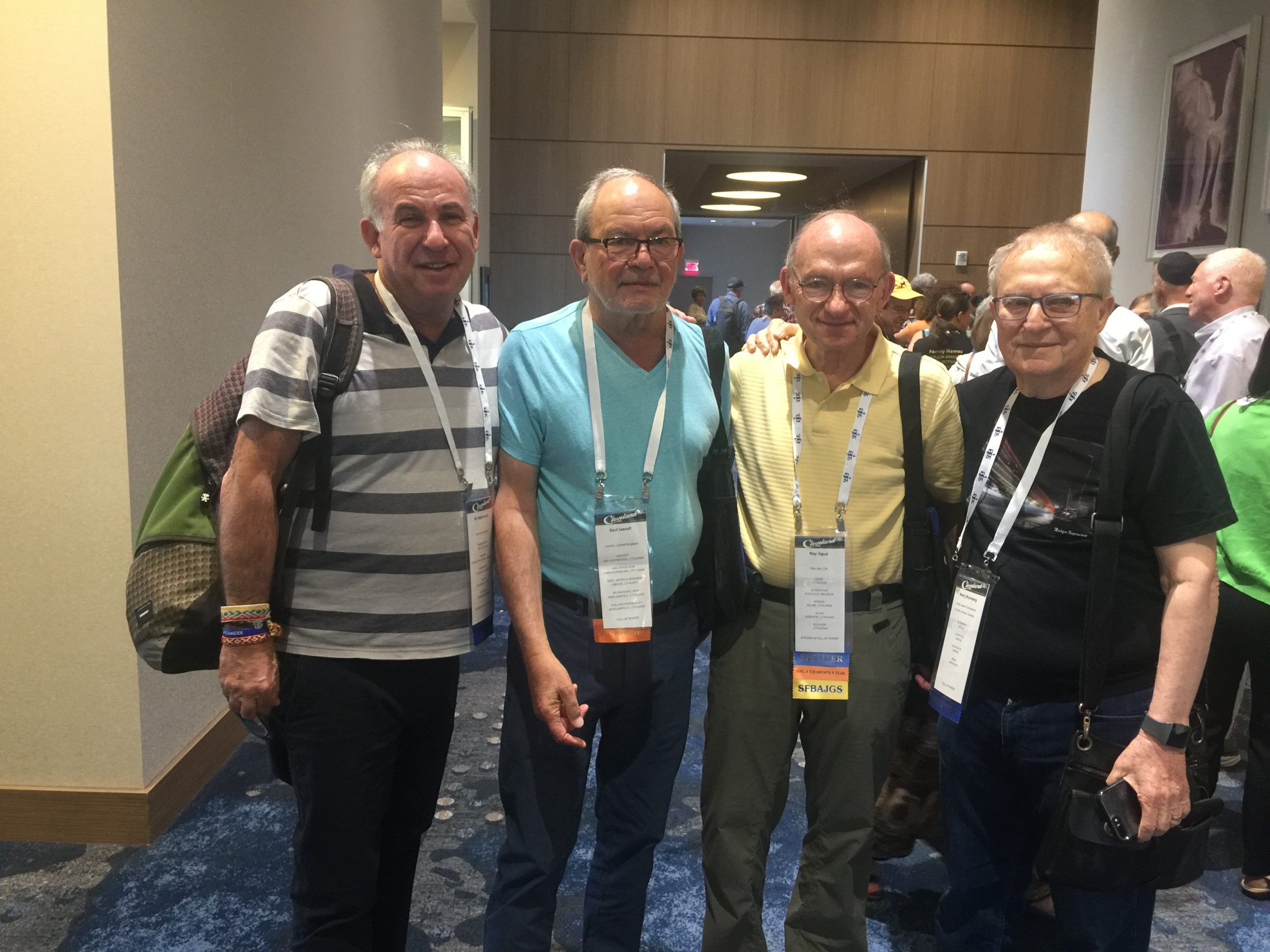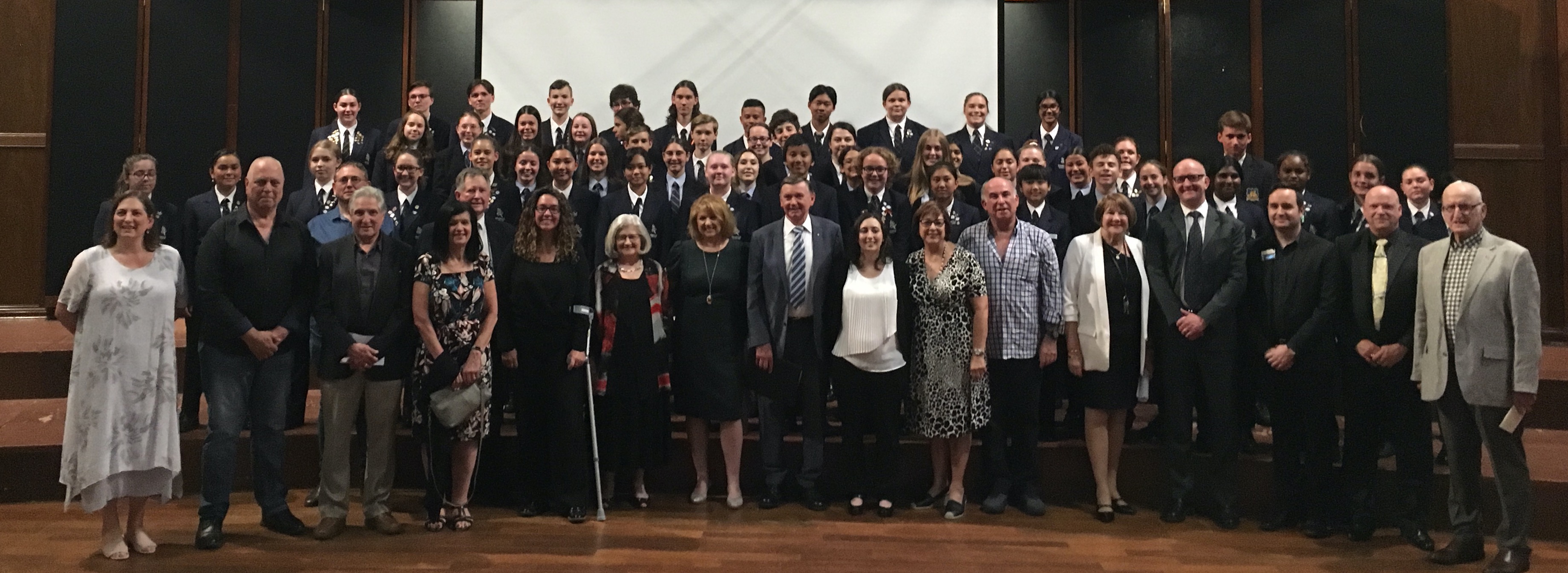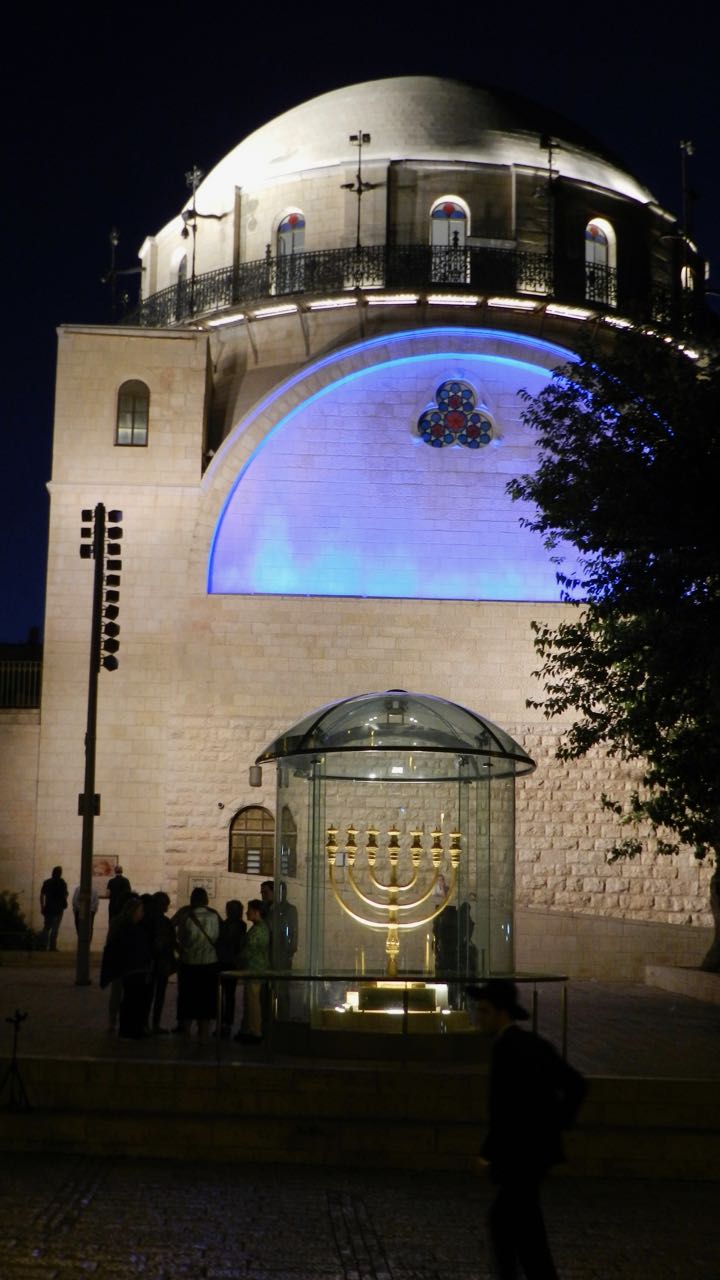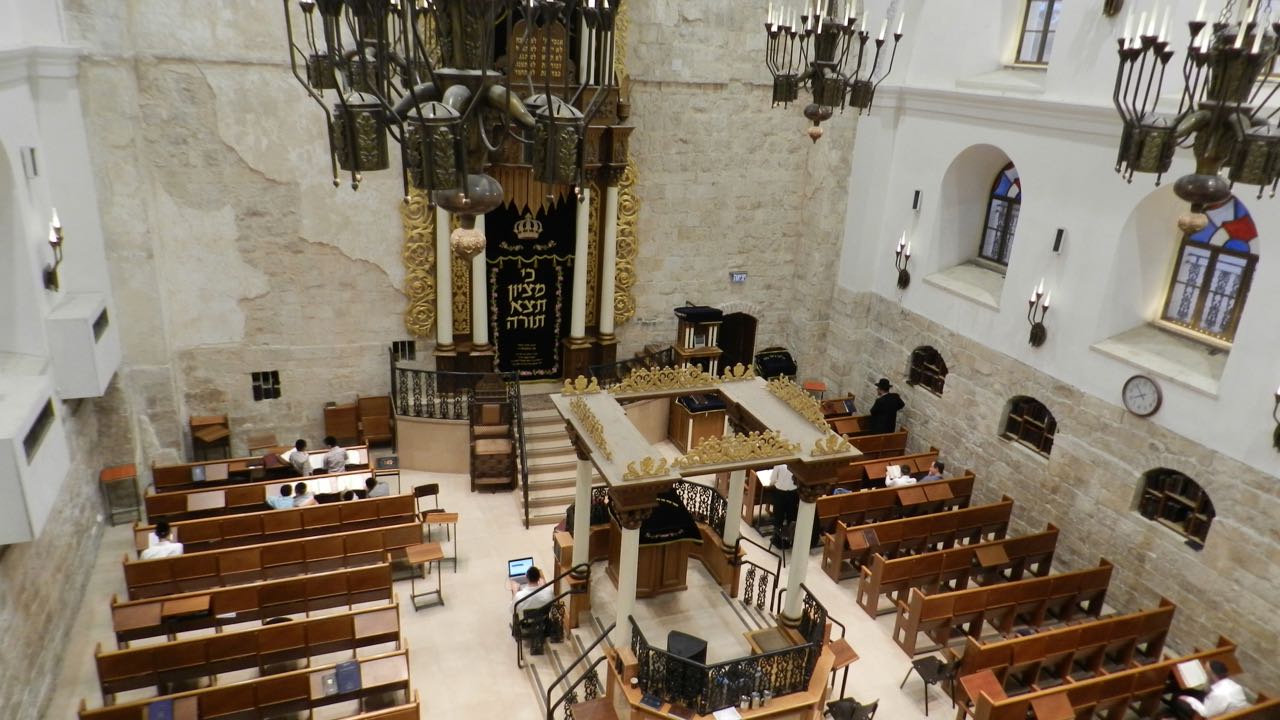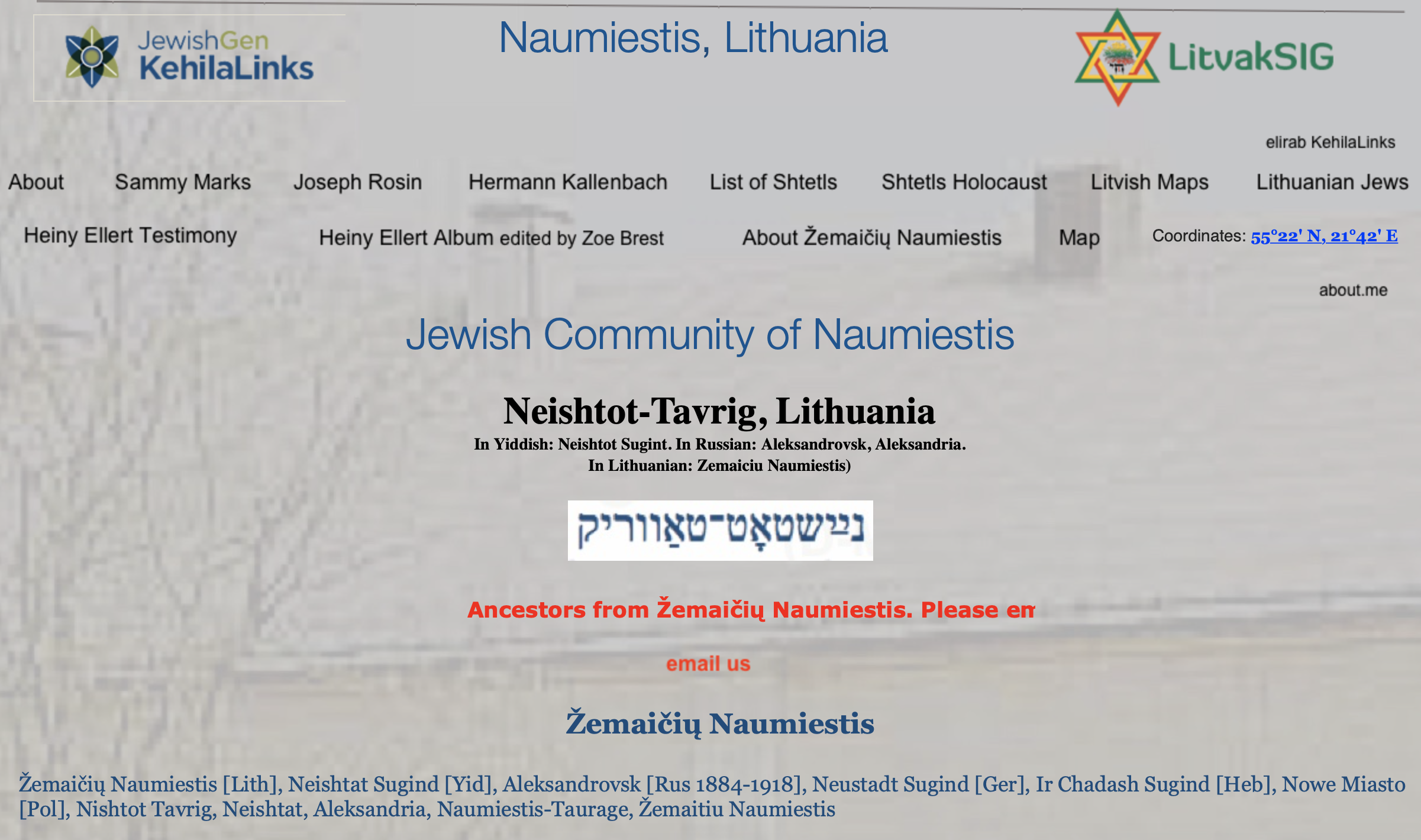Mendelio Kaplano nostalgija
by Eugenijus Bunka
eugenijusbunka@gmail.com
Ne mokslu, o labiau jausmais paremta pusiau fantastinė teorija sako, kad nostalgija (gr. nostos – grįžimas + algos – kančia, skausmas), kuria esame pratę vadinti Tėvynės ilgesį, gimsta todėl, kad dar mamos įsčiose ir tik gimęs žmogaus kūnas prisitaiko prie gimtosios aplinkos poveikio. O kai perkeliamas į kitokią, ima priešintis ir reikalauti grąžinti į jam įprastą. Tas pasipriešinimas ir sukelia dvasinę kančią, kurią jaučia beveik kiekvienas.
Jei kūno sugrąžinti neįmanoma, žmogus kuria pasiilgtą aplinką kitoje vietoje ir bent taip bando nuraminti dvasinį skausmą.
Va, taip, pusiau rimtai galima būtų paaiškinti, kodėl Pietų Afrikos Respublikoje, Keiptaune atsirado Rietavo vardu pavadinta kavinė. Įkurta ji Holokausto centre, kuriame yra ir muziejus. O jame atkurtas žydiška Žemaitijos miestelio aplinka. Tokia, kokioje augo Giliogiryje ir Rietave gyvenę Mendelio Kaplano tėvai Rachelė ir Isakas.
Žydų muziejaus Keiptaune ekspozijoje atkurti Žemaitijos miestelio vaizdai
Rietavas (Riteve) – kavinė Keiptaune
Mendelis gimė jau Pietų Afrikos Respublikoje, bet, matyt, paveldėjo ir tėvų nostalgijos.Po jo mirties 2009 metų lapkričio devynioliktąją, Leisterio universitetas Anglijoje pranešime apie netektį rašė, jog daktaras Mendelis Kaplanas labai domėjosi lietuviška Pietų Afrikos žydų bendruomenės kilme, o, sužinojęs apie istorijos studijų mokyklos projektą kompiuterizuoti vargšų žydų duomenis laikinoje prieglaudoje, per kurią daugelis Lietuvos žydų migrantų keliavo į Keiptauną, skyrė keletą reikšmingų dotacijų universitetui, kad darbas būtų paspartintas.
Universitete sukurta duomenų bazė ir šiandien yra svarbus demografinių, genealoginių ir migracijos tyrimų šaltinis.
Rietaviškiai 2011 metais prie buvusios sinagogos pastatė Atminimo ženklą visai sunaikintai vietos žydų bendruomenei ir asmeniškai Mendeliui Kaplanui už Rietavo vardo garsinimą pasaulyje.
Rietavo savivaldybės meras Antanas Černeckis ir Izraelio Jad Vašemo memorialo holokausto aukoms atminti atstovė Irit Abramski 2011 metais atidengė Atminimo ženklą Mendeliui Kaplanui ir visai Rietavo žydų bendruomenei
Vien išvardinti, ką M. Kaplanas nuveikė per savo gyvenimą, reikėtų nemenkos studijos, kurioje pirmiausia turėtų būti užrašyta, kad jis, perėmęs tėvo tvoras ir vielą gaminusias dirbtuves, tapo stambiausiu Pietų Afrikos Respublikoje plieno gamintoju. Verslas sukrovė jam milijardinius turtus, tačiau nepakeitė žmogaus sielos.
Didžiulę dali uždirbtų pinigų jis investuodavo ne gamybai plėsti, o į žmones.
Litvakams būdingą tikslo matymą ir užsispyrimą jo siekti Žydų agentūros Švietimo departamento generalinis direktorius ir artimas Mendelio Kaplano draugas Alanas Hofmanas apibūdino pasakodamas, jog Mendelis savo iniciatyva ir už savo pinigus žydų švietimu užsiėmė dar tada, kai tai nebuvo labai populiaru. Anot A. Hofmano, jis „buvo vienas iš tų, kurie kaip niekas kitas suprato, jei žydų švietimas nebus pagrindiniu darbu, nebus ir žydų tautos“.
Iš verslo gautais pinigais jis, kaip ir liepia žydų tradicija, tyliai, nesitikėdamas ir nelaukdamas populiarumo, garbės, reklamos, rėmė mokslo siekiančius varganų litvakų vaikus, steigė muziejus, fondus, žydiškas organizacijas tautai šviesti, jos paveldui saugoti, kurti geresnę ir fizinę, ir dvasinę aplinką. Ne sau, ne savo artimiesiems, bet visiems.
Mendelis Kaplanas artimai bendravo ir su Pietų Afrikos Respublikos Prezidentu Nelsonu Mandela, kuris, rodydamas pagarbą bendražygiui ir visai jo tautai, lankėsi Izraelyje, kaip garbingas svečias dalyvavo Žydų muziejaus Keiptaune atidaryme. Didelė, net labai didelė tikimybė, jog Mendelis Kaplanas jam paaiškino, kodėl kavinė pavadinta Rietavo vardu. Regis, smulkmena, bet kai apie rietaviškius sužino vienas populiariausių valstybės vadovų, tai vadinama itin vykusia viešųjų ryšių akcija.
Pietų Afrikos Respublikos Prezidentas Nelsonas Mandela ir Mendelis Kaplanas
Žinoma, kai kam dėl jos nei šilta, nei šalta, tačiau vis tiek savimeilę kuteną.
O dar Mendelis Kaplanas, vos tik atsivėrė geležinė uždanga, surinko giminės šaknis buvusioje Lietuvos Didžiosios Kunigaikštystės teritorijoje Rusijoje, Baltarusijoje, Šeduvoje, Krakėse, Rietave turinčius artimuosius ir atskraidino juos Lietuvon. Tuo metu tai buvo taip neįprasta, kad kelionėje autobusu mūsų šalies keliais juos lydėjo policijos ekipažas.
Mendelis Kaplanas tada atvežė jo iniciatyva išleistą knygą „Rietavas – žydiškas štetlas Lietuvoje“, kurią vėliau iš anglų kalbos išvertė bei išspausdino Jakovo Bunkos labdaros ir paramos fondas ir padovanojo rietaviškiams.
Be stulbinančių pasiekimų versle, labdaringoje veikloje, vadovaujant daugybei svarbių bei įtakingų visuomeninių organizacijų ar bent dalyvaujant jose, Mendelis Kaplanas dar ir rašė knygas. Viena jų – „Nuo štetlo (miestelio) iki plieno gamybos“. Knygos beveik neįmanoma nusipirkti, nes Amazon prekyboje ji buvo populiariausių pirkinių šimtuke, tačiau rietaviškių savimeilę vėlgi turėtų kutenti žinia, kad knygos pavadinime „shtetl“ pakeisti į „Rietavo“, nebūtų didelė nuodėmė. Plungiškiai turi Kazimiero Pabedinsko knygą „Nuo Plungės iki Maroko“, o rietaviškiai – panašią Mendelio Kaplano.
Mendelio Kaplano knygos „Nuo štetlo iki plieno gamybos“ ir „Žydų šaknys Pietų Afrikos ekonomikoje“. Pirmosios knygos viršelyje matosi Rietavo sinagoga
Bet kliuvo ir visai Lietuvai. Žinant, kad apie aštuoniasdešimt procentų žydų Pietų Afrikos Respublikoje – išeiviai iš Lietuvos bei jų palikuoniai, kita Mendelio Kaplano knyga „Žydų šaknys Pietų Afrikos ekonomikoje“ – apie mūsiškius, litvakus.
Dar prisimenant, kad Mendelis Kaplanas buvo aistringas regbio gerbėjas ir rėmėjas, o Pietų Afrikos Respublikos rinktinė nuo 1995 metų tris kartus tapo pasaulio čempione, du kartus laimėjo bronzinius apdovanojimus, vėlgi galime šyptelėti, jog tose pergalėse yra ir dalelė Lietuvos.
Ir apskritai, visame pasaulyje yra Lietuvos dalelė. O joje – ir gabalėliai Plungės, Rietavo ir visų Lietuvos miestų bei miestelių. Dažniausiai – išaugusių nostalgiškoje litvakų aplinkoje.




























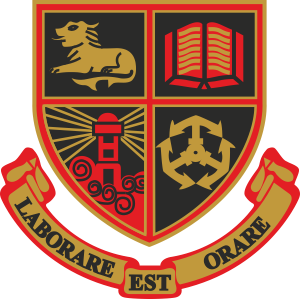

 Source:
Source: 








































